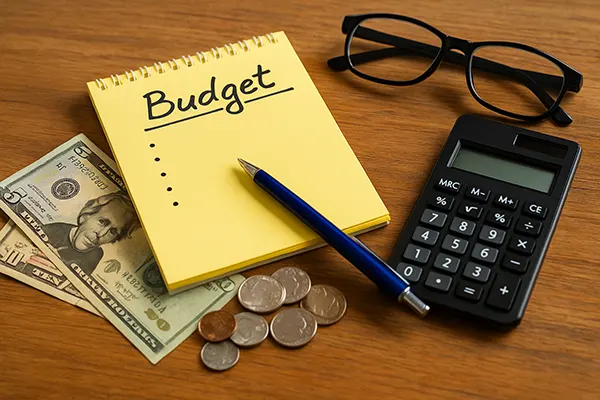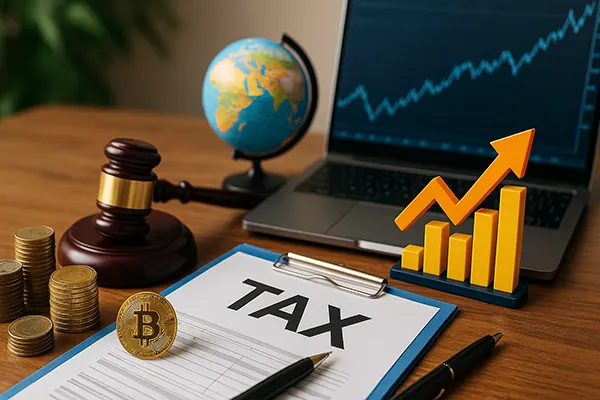90-Day Financial Recovery Plan After Job Loss or Burnout
Losing a job or going through burnout can be a deeply disorienting experience, both emotionally and financially. In such moments, it’s crucial to take measured steps to regain control over your budget and long-term stability. This article outlines a 90-day structured financial recovery plan tailored to support you through this transitional period. Each stage focuses on clear objectives—from immediate damage control to building a new path forward.
Days 1–30: Taking Stock and Cutting Costs
During the first month, your priority is to understand where you stand financially. Begin by listing all your sources of income, fixed expenses, variable spending, savings, debts, and any available benefits. This inventory will help you form a realistic picture of your current situation. Tools like budgeting apps or even simple spreadsheets can aid in visualising your finances.
Once you have a clear view, shift focus to minimising your outgoings. Review every subscription, service, or expense you can pause or cancel—especially discretionary spending like dining out, streaming services, or non-essential shopping. Even small cutbacks can collectively create breathing space.
At this stage, open conversations with creditors or service providers may also help. Explain your situation and ask for temporary reductions or deferments. Many institutions offer hardship programs, and acting early improves your chances of accommodation.
Establishing a Survival Budget
After you trim your expenses, it’s time to create a “survival budget.” This type of budget includes only the essentials: housing, food, transport, healthcare, and any unavoidable obligations. Calculate how long your emergency savings, if any, can cover this budget. This gives you a crucial time horizon for your financial planning.
Be honest with yourself—this is not the moment for wishful thinking. Your goal is to maximise sustainability while you transition, not maintain previous standards. By concentrating on non-negotiables, you set yourself up for a smoother recovery.
Reassess your needs weekly during this stage. As you gain clarity and new opportunities arise, you can adapt and reallocate funds accordingly.
Days 31–60: Earning While Stabilising
Once the immediate shock is managed, it’s time to generate income. In this second month, seek short-term or flexible jobs such as freelancing, delivery services, tutoring, or virtual assistance. These may not reflect your long-term ambitions, but they help plug the income gap and keep your finances afloat.
Meanwhile, update your CV and start networking actively. Use platforms like LinkedIn, local job boards, or specialised freelance websites. Be transparent about your availability and openness to part-time, remote, or contract-based roles.
Also, explore government support or grants. In the UK, for example, Universal Credit or Jobseeker’s Allowance can help. Understanding and applying for what you’re entitled to is a practical and often overlooked step in this recovery phase.
Testing New Income Streams
This is a good time to experiment with low-barrier micro-income ideas. Selling unused items online, offering basic digital services, pet-sitting, or participating in online surveys can bring in modest but meaningful earnings. These are not get-rich schemes but practical stopgaps.
The benefit of trying multiple avenues is twofold: you learn what suits your skills, and you may stumble upon a side hustle with long-term potential. The key is consistency. Even a few hours daily can make a difference by month’s end.
Keep track of your income sources, hours spent, and how each one performs. This data will help you make informed choices about what to scale or let go as your situation evolves.

Days 61–90: Strategic Planning and Career Renewal
By now, you’ve re-established basic financial stability and gained insights into your earning capacity. The final stage is about long-term repositioning. Start by reflecting on your career goals: what do you want your next role or income source to be? Use your current circumstances as a catalyst for positive change, not just recovery.
Invest in upskilling. Free or low-cost courses are widely available in areas such as IT, marketing, finance, and administration. Websites like FutureLearn, Coursera, and government-funded training programmes offer certifications that can boost your job prospects.
Simultaneously, craft a medium-term financial plan. This should include rebuilding your emergency fund, setting savings goals, and ideally, establishing multiple income streams. Strategic thinking here sets the foundation for resilience in future setbacks.
Redefining Your Financial Future
In this stage, aim to move from reaction to intention. Define your personal vision of financial independence, whether that means steady employment, freelancing, or entrepreneurship. Align your spending, savings, and professional development with that vision.
It’s also wise to schedule a financial check-up with an advisor if possible. A professional can help optimise your tax strategy, assess investment options, or review insurance coverage—all of which contribute to long-term financial health.
Ultimately, recovery is not just about replacing lost income but reshaping your mindset. Financial security is a journey, and setbacks, while painful, can also be a powerful motivator for growth and reinvention.



